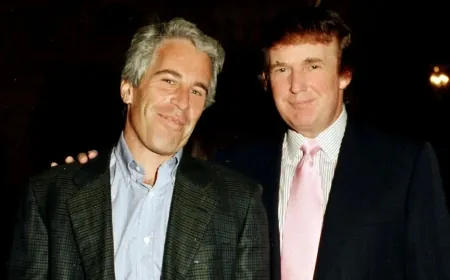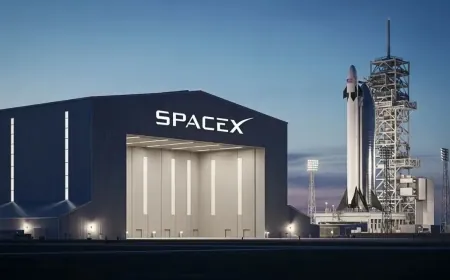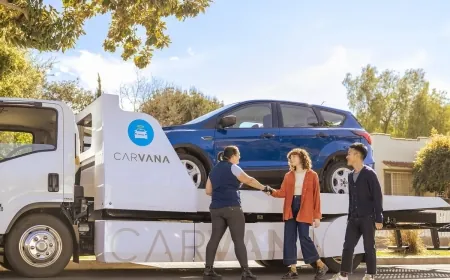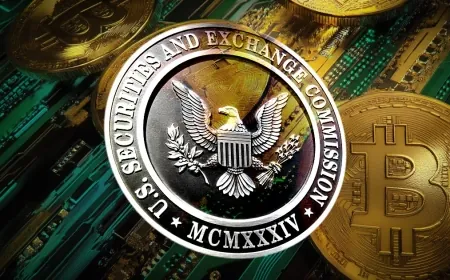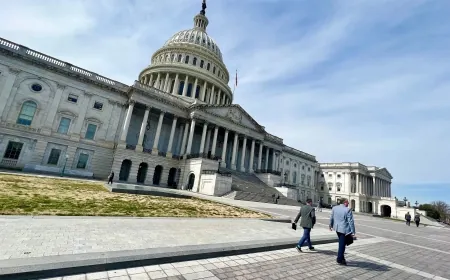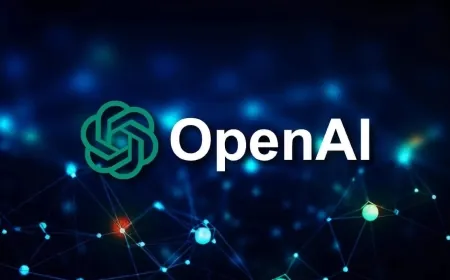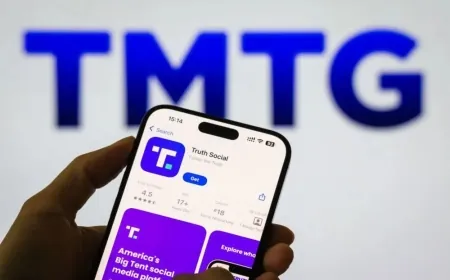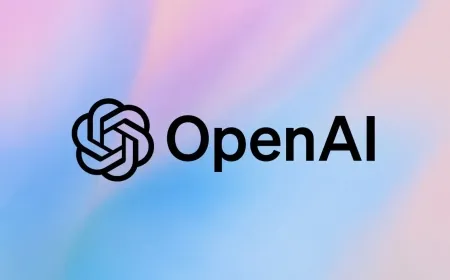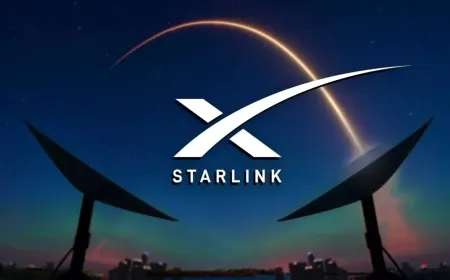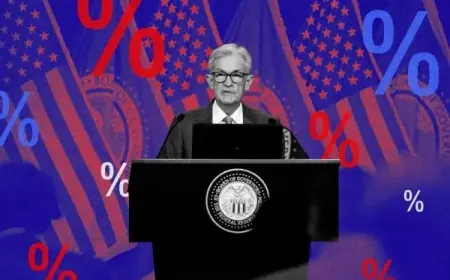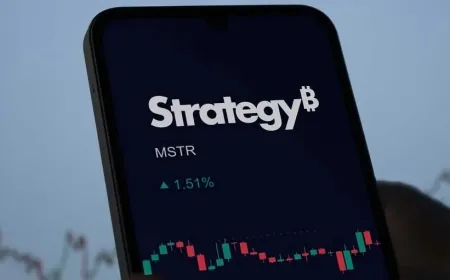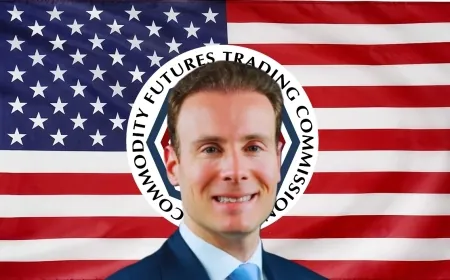DOGE Develops AI Tool to Review and Remove Outdated, Unenforced Federal Rules
DOGE built an AI tool to scan 200,000 federal rules and flag those without legal basis. Over 1,000 have been marked for removal at HUD and CFPB.
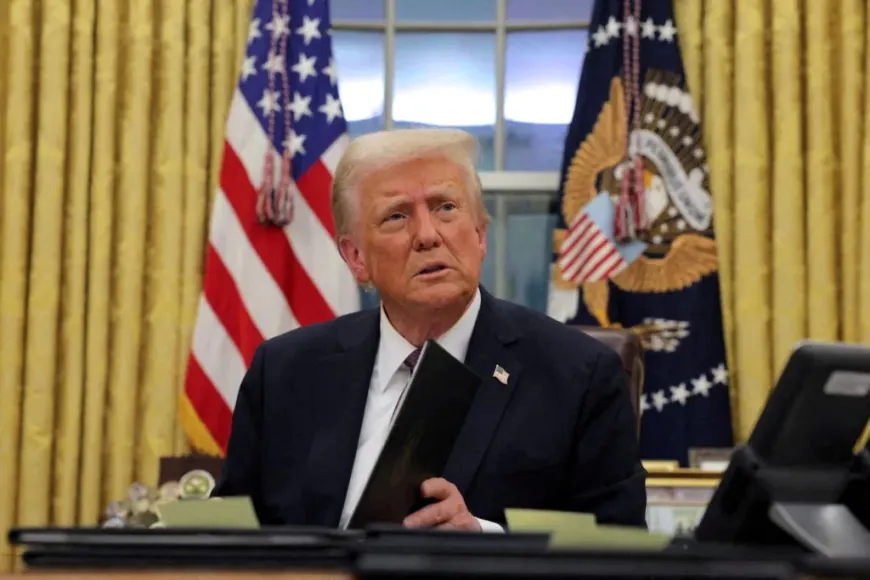
The Department of Government Efficiency (DOGE), operating under the Trump administration, has developed a software tool that scans federal regulations and flags those no longer required under current law. The tool, described in internal government documents dated July 1, is programmed to process over 200,000 regulations across the federal government.
The AI system is trained to match existing rules with the laws that authorized them. If a rule is linked to expired legislation, has been overridden by newer statutes, or lacks current legal basis, the system flags it for further review. DOGE staff are aiming to reduce the number of active regulations by half within the first year of Donald Trump’s return to the White House.
The project is currently internal and has not been publicized by the White House or DOGE on official channels.
Regulations at HUD and CFPB Already Reviewed
Although the tool has not been formally announced, its use has already begun inside federal agencies. According to the internal presentation, the Department of Housing and Urban Development (HUD) was one of the first departments to undergo a review. The AI system also assisted in drafting deregulation efforts at the Consumer Financial Protection Bureau (CFPB).
DOGE claims that the tool was used to generate the content for all deregulation proposals currently under review at the CFPB. It is unclear if those proposals have cleared legal review or reached the final stage of approval.
These initial tests are seen as pilots for a broader rollout across the executive branch.
White House Informed, But Final Plan Still Pending
A spokesperson for the administration acknowledged awareness of the deregulation initiative but confirmed that no final policy has been signed or publicly approved. While there is support for the underlying technology and its potential to streamline government, the administration has not released any official order or timeline.
The project appears to be moving forward independently within DOGE, with regular updates being shared with senior White House staff.
Review Process Requires Human Oversight
The AI system is not authorized to make final decisions on its own. Once a regulation is flagged by the software, legal analysts and department-level officials are required to review the finding. Only after this secondary process can a regulation be submitted for repeal or modification.
According to internal sources, the tool is meant to speed up the identification process, not replace legal judgment or statutory interpretation.
All final actions must pass through the traditional regulatory review channels, including the Office of Information and Regulatory Affairs (OIRA) when necessary.
Earlier Software Faced Problems with Accuracy
This is not the first time DOGE has experimented with AI-based systems. During earlier testing, another AI tool used to evaluate federal contracts produced incorrect data related to the Department of Veterans Affairs. That version of the system inflated contract values and misinterpreted contract scope due to faulty logic in how it parsed procurement records.
Following those issues, DOGE introduced stricter internal checks on any AI-generated output. All drafts, recommendations, or summaries produced by the system must now be reviewed manually by legal and policy staff before they are submitted or acted upon.
Focus Remains on Statutory Compliance
Unlike past deregulation efforts that focused on political priorities or cost-benefit analyses, the current approach is focused on legal compliance. DOGE’s goal is to identify and remove rules that no longer have a valid legal foundation — not to target specific policy areas.
Officials working on the project say the approach is intended to avoid legal disputes by focusing only on rules that are already unenforceable or obsolete.
This legal-first strategy is seen as a way to achieve broad reductions in federal regulation without triggering extended court battles or requiring new legislation.
Also Read: Elon Musk Claims DOGE Will Save $1 Trillion as He Exits Washington Role
|
Follow iShook on Social Media for More Tips and Updates! |
